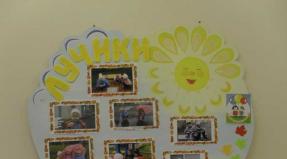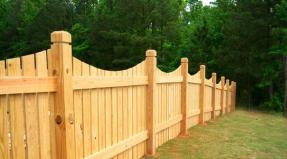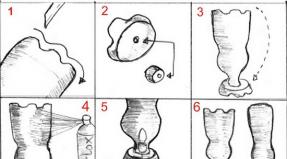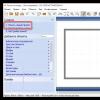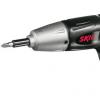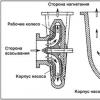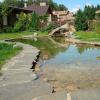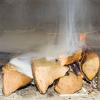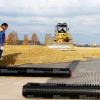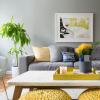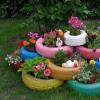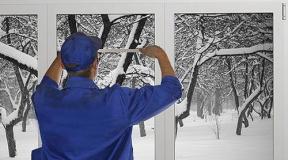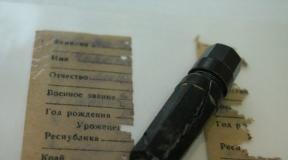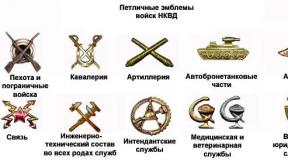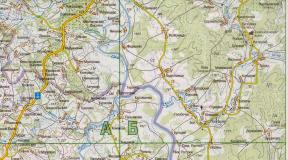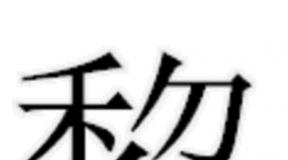House cladding: what can be sheathed from the outside besides siding
In order for the finished cottage to have a finished look, it is necessary to think over the final cladding of the walls of the building at the design stage. This is especially true for houses made of blocks, frames or planed beams, which shrink significantly after construction. And that is why, at the stage of deciding how to sheathe the house, it is worth remembering that the external finish should not put an increased load on the foundation of the building. Or it is worth laying the bearing capacity of the base under the exterior finishing of the cottage, so that later the foundation does not burst.
It is worth remembering that a properly selected house cladding carries not only a decorative function, but also performs a number of other tasks, such as:
- Protection of wall material from the negative effects of atmospheric precipitation (moisture, wind, sun, frost, etc.);
- Thermal insulation of the walls of the house;
- Soundproofing the cottage from extraneous sounds from the outside.
A properly finished house has an extended service life.
Sheathing installation rules
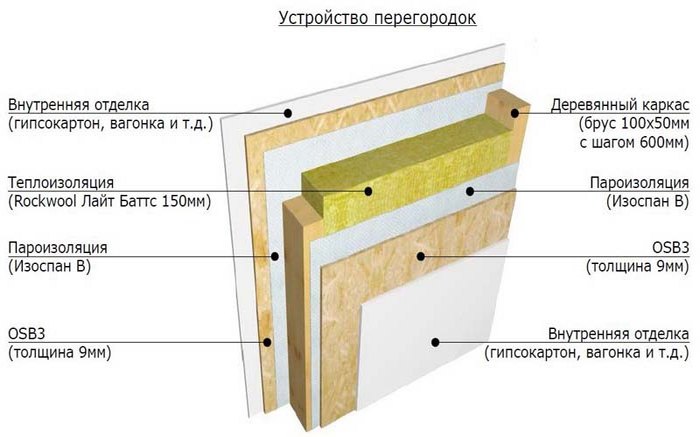
All facing work must be carried out in compliance with several recommendations that will allow you to achieve the best result. Recommendations look like this:
- The house is clad with any finishing material only after the final installation of all window and door blocks, balcony railings and roofs.
- If the house is cladding from a bar, then first you need to give the cottage time to shrink. And this is 1-1.5 years. If you do not sustain such a pause, then as a result of the shrinkage of the lumber, the cladding of the house can also be covered with cracks. You will have to dismantle and redo everything, incurring significant financial costs.
- It is possible to clad the outside of the house at any time of the year. But it is worth remembering that if the work is carried out in the cold season, then the house and the construction site should be protected with a canopy (and ideally, provide thermal protection around the perimeter) in order to ensure a smooth course of work.
- When choosing a finishing material, it is worth considering all its operational characteristics, so as not to get unpleasant surprises in the future.
- It is recommended to use waterproofing under the outer cladding of the house. It is applied to the walls of the house in order to protect the wall material from the destructive effect of condensation that can form between the insulation and the walls of the cottage.
Important: when choosing the best way to sheathe the house, take into account the difference in the linear expansion of the sheathing itself and the material from which the walls are mounted. If it is cardinal, then cracks may appear on the cladding or walls of the house inside over time.
Materials for finishing the house outside
Brick
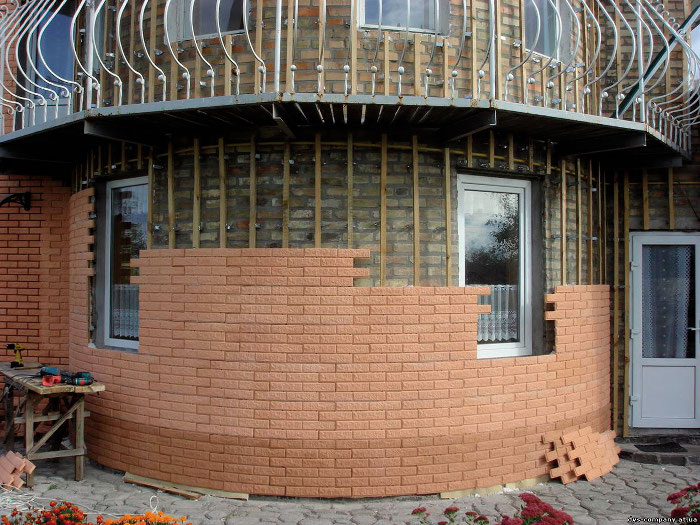
Facing work for a country house is often carried out using stone materials. One of these is brick. The material allows the master to reveal his full creative potential and to perform any artistic masonry, turning a standard block house into a beautiful castle. Fortunately, for this, bricks of various shapes, colors and sizes are on sale.
But when laying bricks as the outer cladding of a house, it is worth remembering that the foundation of the house must be wide enough for the supporting sole of the brick walls. In addition, the bearing capacity of the base must be designed for such a stone finish.
The difficulty in facing with a brick lies in the long-term performance of wet works using a solution that must dry out qualitatively. This means that facing work can be performed only in dry and warm seasons. And the cost of bricks stops many craftsmen from such a choice of cladding for the house.
Facing tiles
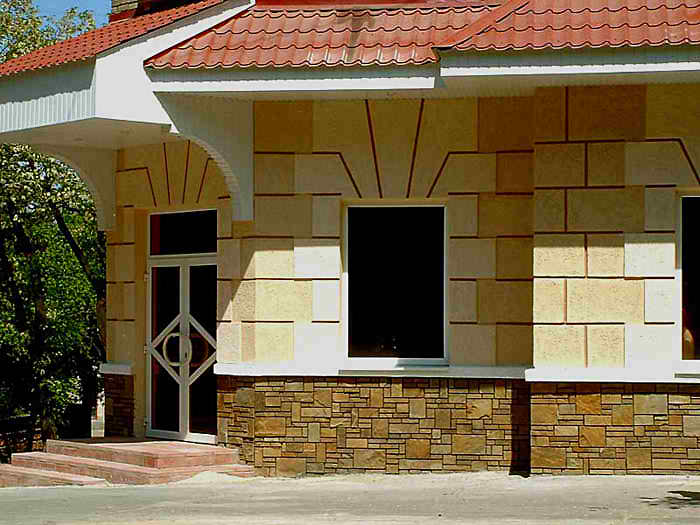
If you do not know how to sheathe the outside of the house, then tiles can be used as cladding. The most popular types are clinker bricks and porcelain stoneware. Such materials for house cladding have a lower specific weight than brick (on average 15 kg / m2). And therefore, the finished structure is not heavily burdened.
A wide range of finishes allows you to choose tiles that resemble marble, aged brick or natural stone. The advantages of such a material are that the cladding does not require constant and careful maintenance, is not exposed to frost or moisture, and also fade in the sun. The material breathes and provides normal air exchange to the walls of the house. In addition, in the event of damage to one piece of the casing, it can be easily replaced with a new one.
Natural natural stone

Such cladding belongs to the category of elite and requires the involvement of a team of professionals. Since for cladding it is necessary to apply not only remarkable force, but also to use high-quality adhesive mixtures, which only specialists can work with.
House cladding with natural stone looks rich, aesthetically pleasing, and of course beautiful. In addition, this natural veneer is durable. The following types of stones are often used as material for cladding a cottage:
- Granite slabs;
- Marble;
- Travertine (tuff). The latter has a lower weight than marble and is distinguished by increased heat and sound insulation properties. In addition, tuff is much easier to work with than other stones - it is easier to cut and grind.
Stone crumb
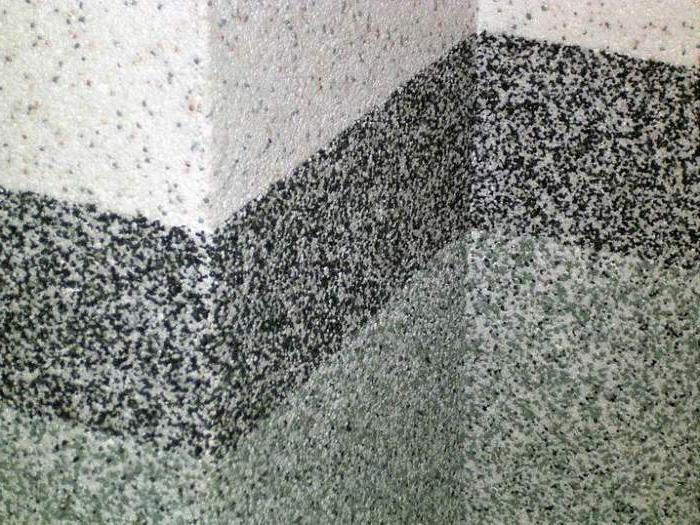
This finish is the remains of large stone granite, marble or tuff. The crumb is mixed with binders, taking the form of a building finishing compound. The crumb is applied to a previously prepared plastered or concrete surface, and after drying it is a monolith.
Caring for the cladding of a facade made of stone chips is simple. It is enough to direct a stream of water at the walls, which will wash away the dust. The peculiarity of the crumb is that it does not break its structure for a long time. Therefore, in order to renew the coating in order to change the shade, you just need to apply a new layer of material to the walls.
Fake diamond
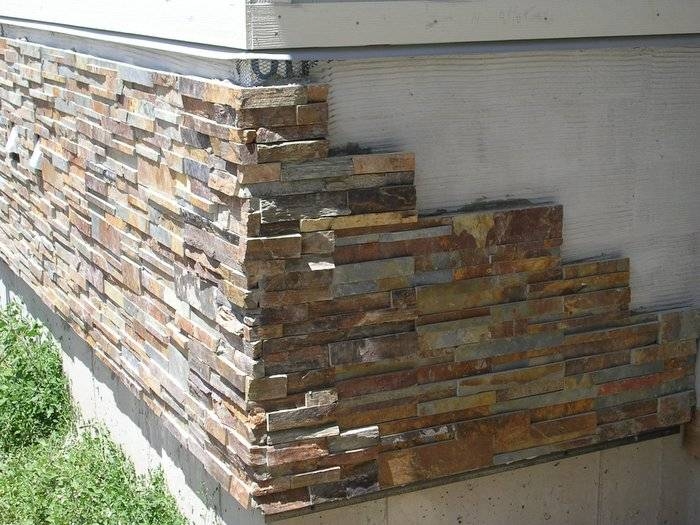
And you can sheathe the house from the outside with such material. Artificial stone slabs in appearance differ little from natural ones. The only difference is the weight of the material. It is much smaller. Artificial stone is perfectly combined with wood, metal, ceramics. In this case, the texture of the material can be both smooth and embossed. Such cladding serves no less than natural stone cladding.
Siding
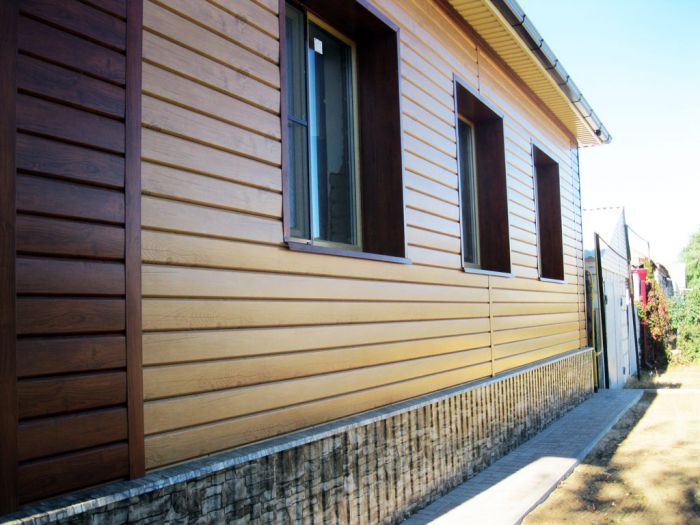
This material is quite popular today both with a private developer and a corporate one. Siding is a specially made long panel that is perforated on one side and a ledge on the other. Therefore, it is quite simple to decorate the house from the outside with such cladding. During the installation process, the panels are fastened through the perforation to the frame from the bottom up, and each upper siding strip covers the attachment point of the lower plank. There are these types of siding for house cladding:
- PVC panels. They have a cellular internal structure, which means they additionally play the role of thermal insulation for the house. Lightweight and easy to use. They cut softly and assembled quickly enough.
- Wood siding... Natural material for house cladding. It is used less often because it does not resist moisture well enough. Most often, wood siding is used to give the house a certain color.
- Metal siding... Panels made of steel, zinc or aluminum are thin plates that do not insulate the walls of the house in any way. At the same time, the material is quite easy to install, non-flammable, not subject to decay and burnout. But when using metal siding, it is worth remembering that the material can be damaged by mechanical stress, and with the onset of rain it can emit a characteristic drum roll.
- Fiber cement siding... It is made from a cement mixture and natural fiber. The result is an ideal building material that has the technical characteristics of a stone (does not burn, does not rot, does not get wet, does not break). Unfortunately, this type of siding has not yet found widespread use in our region.
Advice: if you do not know how to sheathe a house made of wood or foam blocks, then give preference to PVC siding.
Edged or unedged board and lining
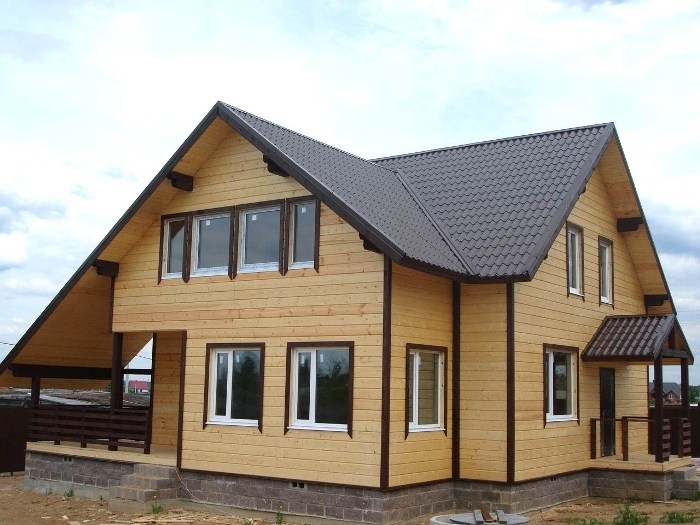
All types of wood materials for house cladding can be combined according to technical characteristics. So, the board has excellent thermal insulation properties, increased environmental friendliness and naturalness. In addition, the tree breathes, which avoids the accumulation of excess condensation under the layers of the construction cake, consisting of insulation, vapor barrier and cladding. The following materials are used as wooden claddings:
- Edged board. Lumber, harvested by the method of longitudinal cutting of a log. The result is a board that has a perfectly flat surface on all sides. Easy to paint and varnish. Most often, the board is used for a colorful herringbone house cladding (country style).
- Unedged board... The same type of material, with the only difference that the cut log is not freed of bark, bast and sapwood before cutting. As a result, the end faces of the lumber have a rough surface with remnants of the top layer of wood. This type of board can also be used for overlapping cottage cladding.
- Lining. Perfectly finished flat board with a tenon and a groove for a good connection to each other. The result is an even coating, completely natural.
- Block house . Also a kind of wood paneling, which looks like a log on one side. When installing such a cladding, the house receives an imitation of walls for logs. The finished cottage, sheathed with a block house, looks colorful and expensive.
Important: But any kind of wood for house cladding is not as durable as stone or tile. Even if the wood is treated with antiseptics and fire retardants. Therefore, when answering the question of how to decorate a house, this material is considered not the most practical.
